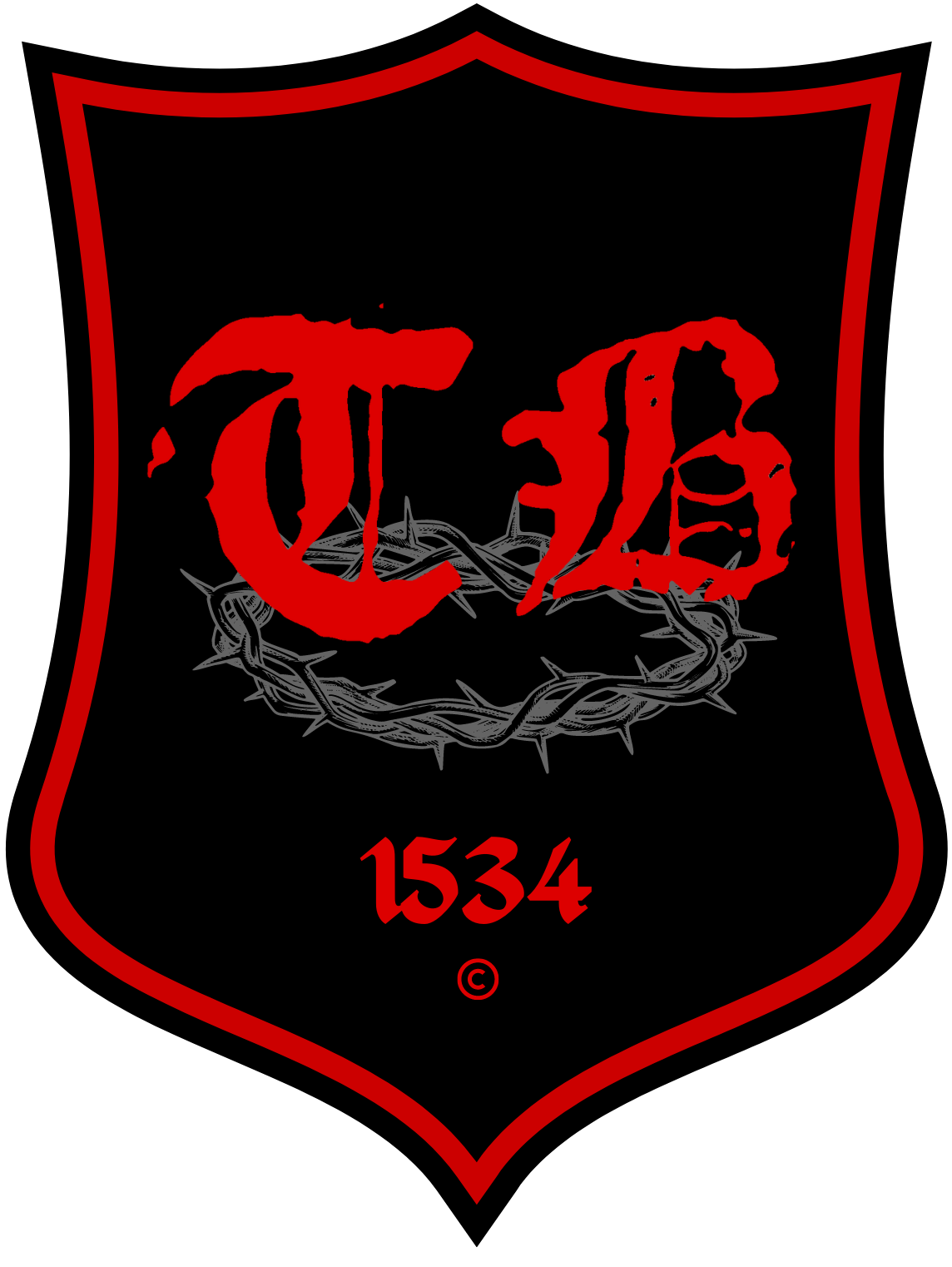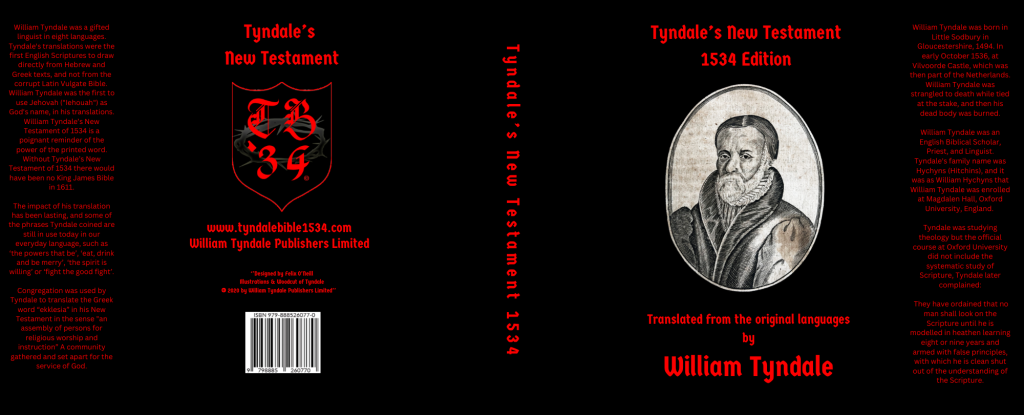
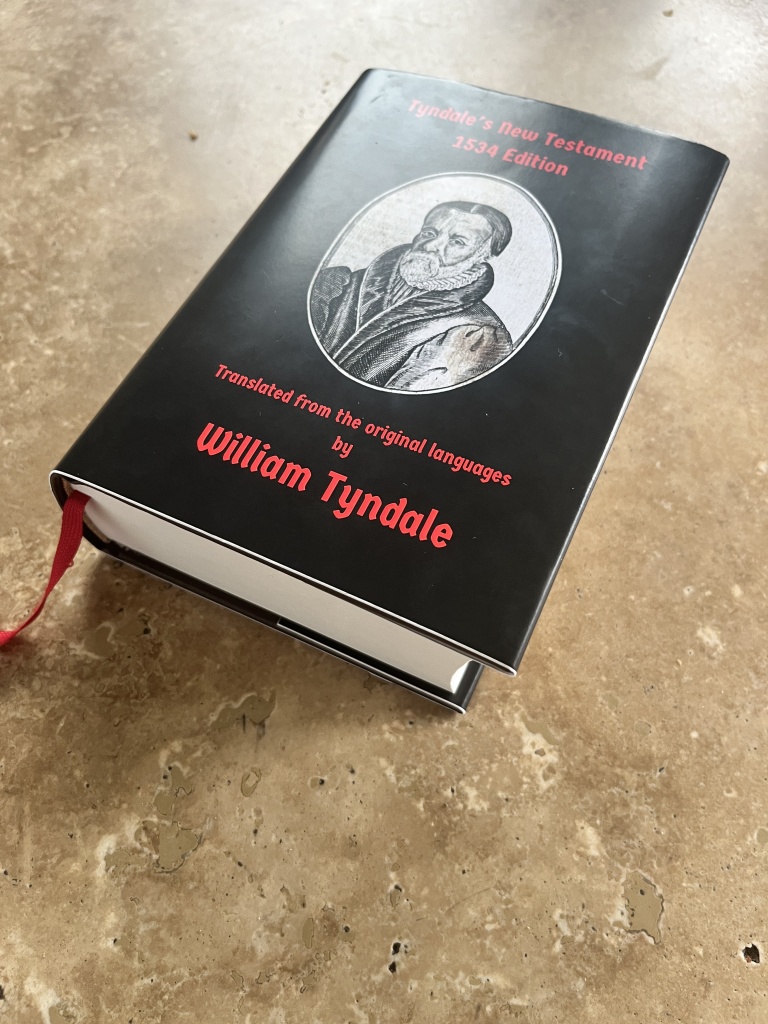
Felix headed off to Holland on Friday to watch the first 1000 of the William Tyndale 1534 NT Biblebeing printed...
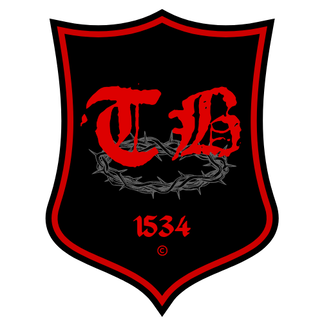
There are thousands of different Editions of the Bible in the World today, but there are a few that are...

1525 The New Testament Translation (incomplete) Cologne, Germany 1526* The New Testament Translation (first full printed edition in English)Worms, Germany;-...
William Tyndale was a Reformer, a Bible translator, and – ultimately – a martyr. He became an outlaw as he...
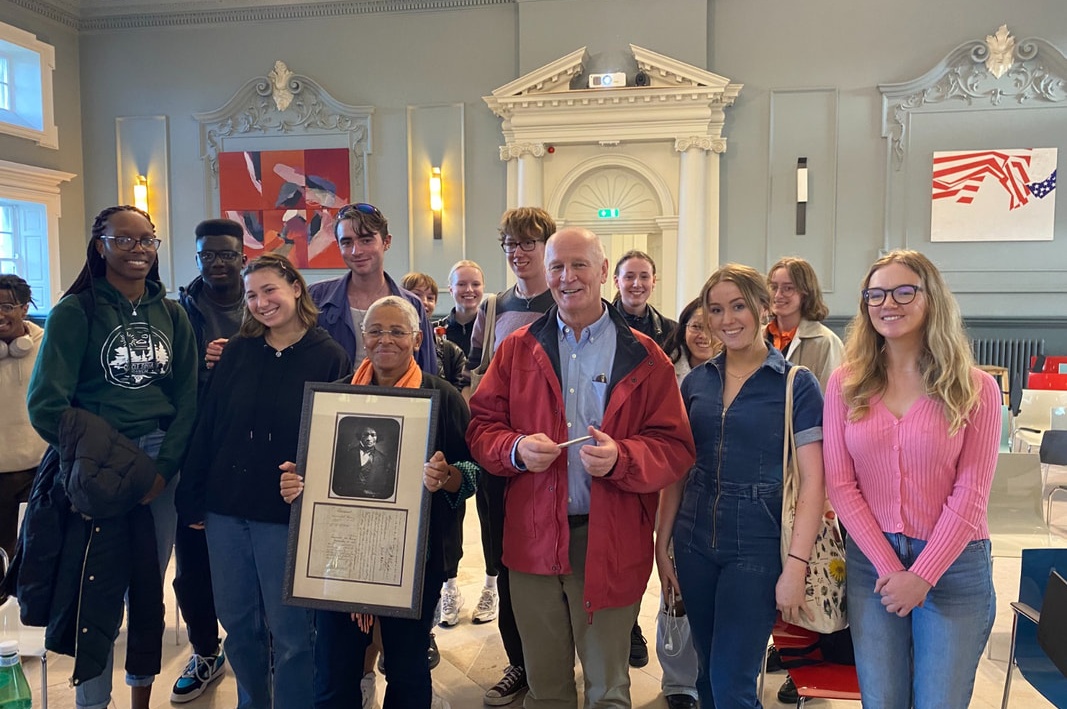
Mr. Felix O’Neill is a visiting Lecturer at Trinity College, Dublin. So far Mr. O’Neill has given 4 lectures on...

Introduction: Embarking on a journey to preserve and digitise historical treasures is an endeavor that demands meticulous care and expertise....
